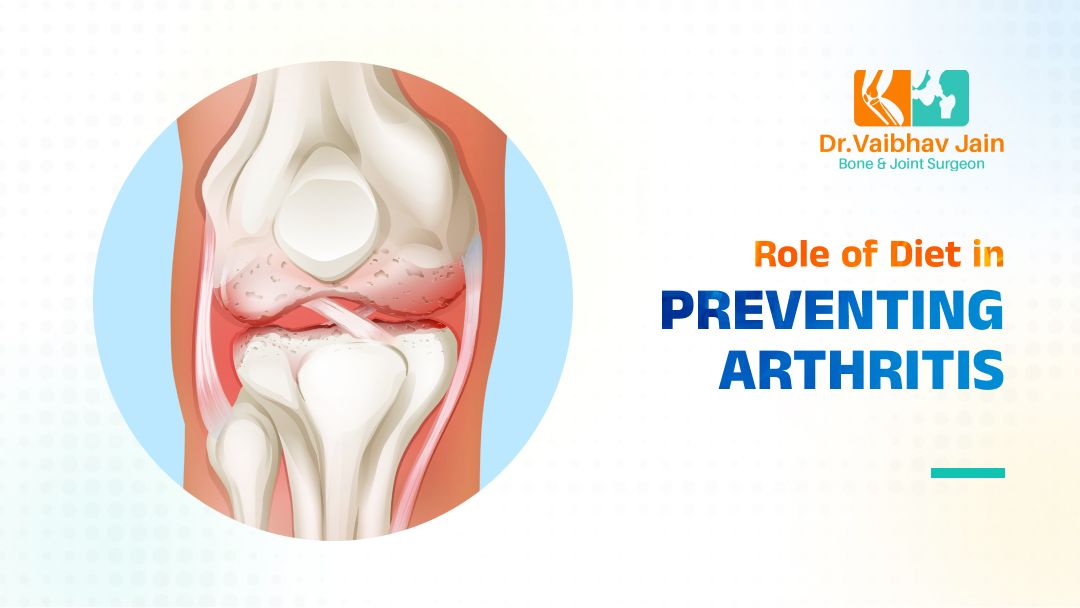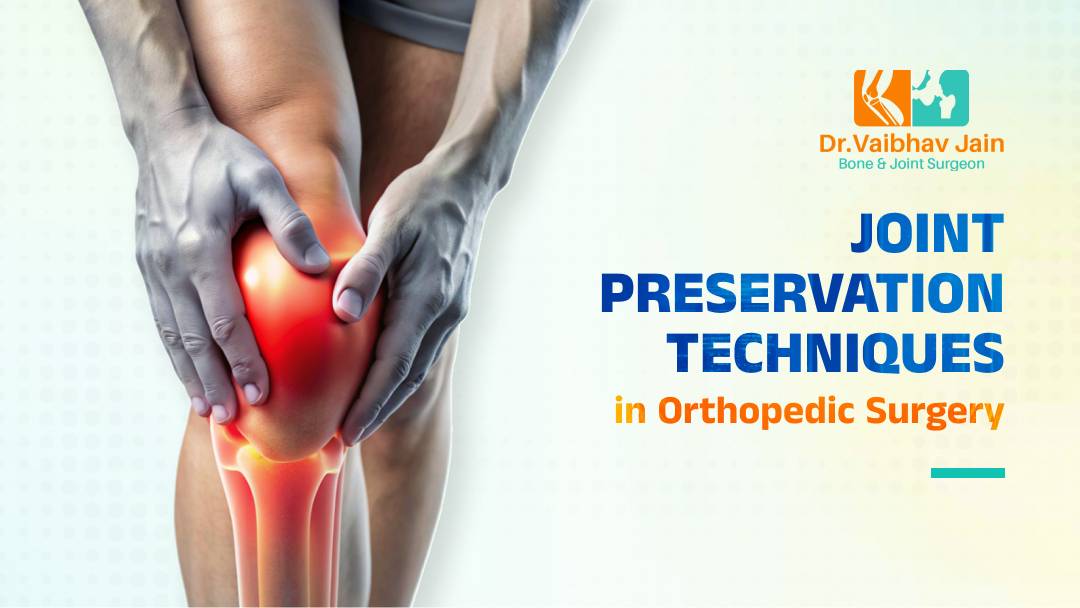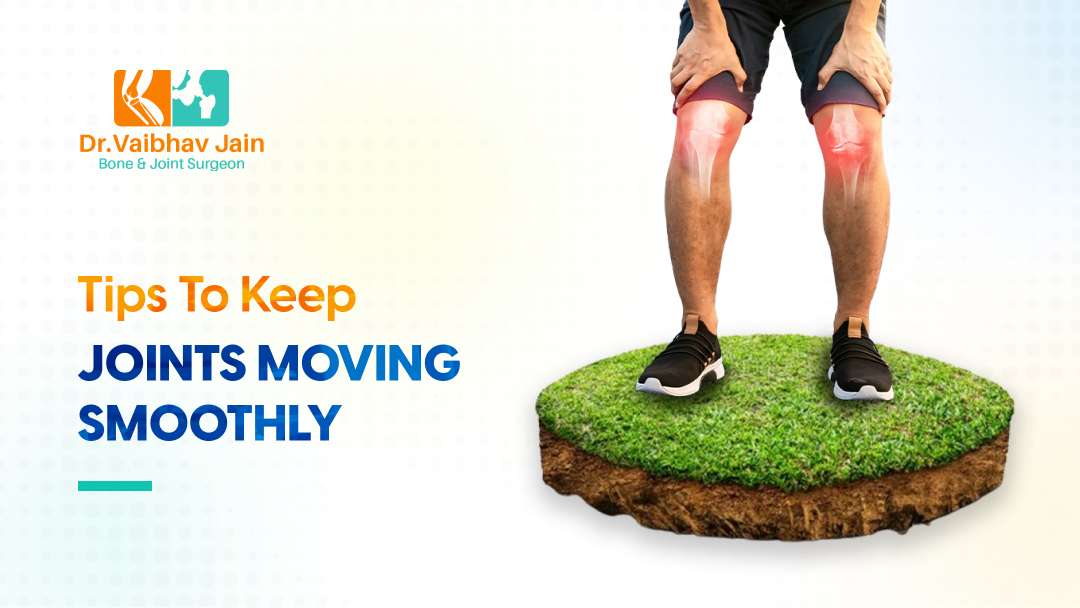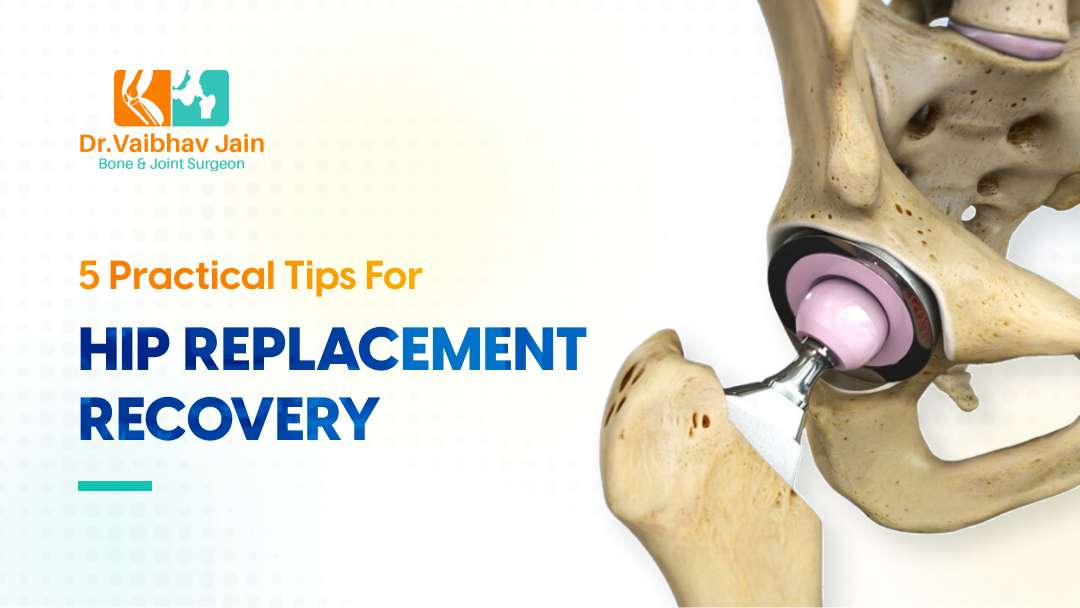Exercise After Hip Replacement Surgery, If you’ve recently had hip replacement surgery, you may be wondering how to safely resume physical activity and exercise. After this kind of surgery, it’s important to have a comprehensive rehabilitation plan that includes physical therapy, stretching and strengthening exercises, and aerobic activity.
Here are some tips for how to exercise after hip replacement surgery to help you get back to your normal routine.
Benefits Of Exercise After Hip Replacement Surgery
Exercising after hip replacement surgery can help to increase strength, improve range of motion, reduce pain, and improve mobility. Regular exercise can also help to reduce the risk of falls, improve balance, and reduce the risk of developing other medical conditions such as heart disease or diabetes.
Exercise After Hip Replacement Surgery
Before beginning a new exercise routine, it is important to speak with your doctor or physical therapist. They will be able to provide you with specific instructions on how to exercise safely following your surgery. They may also recommend specific exercises or activities that are tailored to your individual needs.
Types Of Exercises After Hip Replacement Surgery
The types of exercises that you should do after hip replacement surgery will depend on your individual needs. However, some general guidelines include:
- Low-impact aerobic activities such as walking, swimming, or cycling.
- Strength training exercises using light weights and resistance bands.
- Flexibility exercises such as stretching and yoga.
- Balance exercises such as standing on one foot or using a balance board.
It is important to start slowly and increase the intensity of the exercises as you become more comfortable. It is also important to stop any exercise that causes pain or discomfort.
Tips For Exercise After Hip Replacement Surgery
When exercising after hip replacement surgery, it is important to keep the following tips in mind:
- Wear comfortable, supportive shoes. Avoid shoes with high heels or hard soles.
- Make sure the surface you are exercising on is level and free of debris.
- Avoid activities that involve sudden movements or twisting.
- If you are using weights or resistance bands, start with light weights and increase the amount gradually. Do not lift weights that are too heavy for you.
- Listen to your body. Stop any activity that causes pain or discomfort.
- If you are feeling tired or sore, take a break or end the exercise session early.
- Make sure to stay well hydrated and eat a healthy diet.
Here are 4 simple exercises to do after hip replacement surgery
| Exercise | What to Do | Why It Helps |
|---|---|---|
| Heel Slides | Lie on your back and slowly slide one heel up towards your bottom, then slide it back down. | Helps move the hip joint and improve flexibility. |
| Chair Stands | Sit in a chair, then stand up and sit back down. Do this slowly and carefully. | Strengthens your legs and helps with balance. |
| Clamshells | Lie on your side with knees bent, lift your top knee while keeping your feet together, then lower it back down. | Strengthens the hip muscles and improves stability. |
| Hip Abduction | Stand straight, lift one leg out to the side, then lower it back down. | Strengthens the muscles around the hip and improves movement. |
These exercises help in getting your hip back to normal and make you feel stronger after surgery.
Frequency And Duration Of Exercise After Hip Replacement Surgery
The frequency and duration of your exercise routine will depend on your individual needs and the advice of your doctor or physical therapist. Generally, it is recommended to do some form of exercise at least 3-4 times per week for 30-45 minutes at a time.
Exercising after hip replacement surgery is an important part of the rehabilitation process. It can help to increase strength, improve range of motion, reduce pain, and improve mobility. Before beginning a new exercise routine, it is important to speak with Dr Vaibhav or physical therapist for specific instructions and guidelines. Following these guidelines can help ensure a successful recovery and return to normal activities.
Total Hip Replacement Exercise Guide – Recovery Exercises After Hip Replacement Surgery
We all have things that we would like to change about our bodies, but hip replacement surgery is not usually one of those things. However, for those of us with chronic hip pain, it is one of the only options available. Here, we will explore the hip replacement exercises that patients perform after surgery and give some tips on how you can prepare for your treatment.
1. Get The OK From Your Doctor
It is important to always check in with your doctor before beginning any type of exercise or activity, and this is especially true if you have had hip replacement surgery. The right type of exercise can help you recover, improve your mobility and help you get back to enjoying the activities you love.
But what kind of exercise is the best for someone who has had hip replacement surgery? Before we get into the specifics, let’s first discuss the importance of consulting your doctor before starting any type of physical activity.
Your doctor will have a good understanding of your medical history and will be able to give you tailored advice on the types of exercise that will be most suitable for your individual needs. They may even recommend that you seek the help of a physical therapist so you can get the most out of your recovery.
2. Start With Low-Impact Activities
Low-impact activities such as walking, swimming, and cycling are great choices for getting your body moving after hip replacement surgery. These activities are gentle on your new hip joint and help to build strength and flexibility without putting too much strain on the new joint. They are also easy to fit into a daily routine, and you don’t need to worry about any special equipment or a gym membership.
Walking is an especially good choice for the early days after surgery. Start with short walks and gradually increase the distance as your strength and energy levels improve. Swimming is also a great choice, as the buoyancy of the water can help to take some of the pressure off of your new hip joint. Cycling is a great way to get your blood flowing and to help you build up your leg muscles without putting too much strain on your new joint.
3. Strengthen Core Muscles
Strengthening muscles can help improve stability and reduce the risk of dislocation. So, if you’ve recently had hip replacement surgery or are considering it, here are some tips for strengthening your core muscles.
One of the best exercises for strengthening your core muscles is the plank. This exercise helps to strengthen the muscles in the abdomen, glutes, and lower back. Start by lying on your stomach, then prop yourself up on your elbows and toes, forming a straight line from your shoulders to your ankles. Hold this position for 30 seconds up to 3 minutes, depending on your level of fitness. If you need more of a challenge, you can perform variations of the plank, such as side planks and mountain climbers.
Another exercise that can help you strengthen your core muscles is the side-lying leg lift. To perform this exercise, lie on your side with your legs straight and your arms at your sides. Then, slowly lift your top leg as high as you can, keeping your knee bent. Lower your top leg back to the starting position, and repeat. You can also add a resistance band around your ankles to make the exercise more challenging.
4. Increase Your Endurance
Building up endurance is key to returning to more active activities and sports. Aerobic exercises such as running, biking and swimming can help you gradually increase your endurance and stamina. Here are some tips for how to exercise after hip replacement surgery.
If you’ve recently had hip replacement surgery, your doctor likely prescribed you physical therapy and rehabilitation exercises to help you safely regain your hip strength and mobility. As you progress through your recovery, you may want to increase your endurance and stamina with aerobic exercise.
Aerobic exercises, such as running, biking, and swimming, are great for strengthening your heart and lungs and can help you gradually increase your endurance. Running is an excellent exercise for increasing your cardiovascular health, however, it’s important to start slowly and build up over time to avoid overexertion or injury.
5. Increase Range Of Motion
In order to increase your range of motion, it is important to work with a physical therapist to create a customized exercise program that works for you. A physical therapist can assess your condition and provide you with exercises that are tailored to your needs. These exercises should be done with proper form and technique and should be done with consistent frequency and intensity.
Some common exercises that can help increase range of motion include stretches, strengthening exercises, and range of motion exercises. Stretches are a great way to loosen tight muscles and improve flexibility. Strengthening exercises can help build strength and stability in the joint. Range of motion exercises work to increase the range of motion of a joint.
6. Stay Hydrated
As with any physical activity, being adequately hydrated is essential for your body to be able to perform at its best. With this in mind, it is important that you stay hydrated before, during, and after your exercises to ensure that your body is getting the fluids it needs.
If you are unsure of how much water you should be drinking in order to stay hydrated, it would be best to speak with your doctor, physical therapist, or healthcare provider in order to determine the best amount for you. Usually, it is recommended that you drink between 8 to 10 glasses of water throughout the day.
It is also important to make sure that you are drinking water before and after your exercises. This will help your body to stay hydrated as it is working hard to repair itself after the hip replacement surgery. Additionally, drinking water while exercising can also help to prevent dehydration, which can lead to fatigue and other issues.
Conclusion
Hip replacement surgery is a major life-altering event, and the recovery process is often both physically and mentally demanding. Exercise is one of the most important components of a successful recovery after hip replacement surgery, but many patients are unsure of what type of exercise they should be doing and when. That’s why it is essential to consult with an experienced orthopedic surgeon like Dr. Vaibhav Jain to get personalized advice on how to get back to activity after hip replacement.
If you are looking for tips on how and what exercise you need to do after hip replacement surgery, Dr. Vaibhav Jain is the right person to consult with. He will provide you with safe, effective exercises that will help you recover quickly and effectively.





